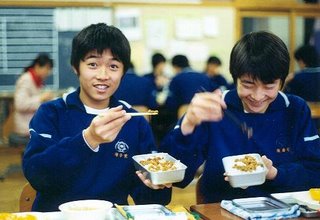
Always good to stay in style no matter what the profession!
1. This yakuza fashion guide comes from the Nihon Yakuza Chizu (Japan Yakuza Map), a quarterly publication aimed at young males who are interested in the world of organized crime. It has detailed information about all of the 24 major gangs in Japan, explaining their history and leadership, and even includes addresses and pictures of their headquarters in case any of the readers might want to sign up. There are quotations from famous yakuza throughout history, and of course, an eight page full-color photo spread on yakuza fashion.
2. Ya-kore 2002 Haru: Yakuza collection for spring 2002. Yakuza have a saying: "Shiro nara shiro. Kuro nara kuro." It means, if you wear white, wear all white from your hat to your shoes. If you wear black, wear all black." Although the loud suit with white belt and matching shoes "Herb Tarlek look" of the 80's and '90's has died a merciful death, it has been replaced by the equally tacky, "Attention K-Mart shoppers" sensibility seen here. Yaks love faux-designer brands like Castelbajac, Valentini, and Valenza. Bags should be made from the skin of an animal such as crocodile, snake, or ostrich--the more endangered the better.
3. Yakuza are said to be the only group in Japanese society that uses keitai's (mobile phones) more than school girls. Whether they're calling in another ten reinforcements to help beat up an elderly shop-keeper who's a few days behind in his payments, checking results at the track, or reporting to the oyabun (boss), the cell phone is an essential tool and fashion accessory. Daily conversations of three or four hours with gang bosses are very common and yakuza higher-ups are said to carry as many as five or six at one time, preferring phones that take pre-paid phone cards because they are more difficult to trace.
4. Yakuza fashion is changing. In the 1990's punch-perms and colourful fashions were de rigueur, but the trend seems to have died just before the turn of the millenium. Yakuza decided that they stood out too much and were getting a lot of negative publicity in the press so they toned down their image. The Osaka kumicho (boss) of the Yamaguchi-gumi has issued an edict that gang members are to dress plainly so that they do not stand out from the general population. Young people are supposed to dress like college students or street kids and the older men are supposed to look like a salariman. Yakuza no longer wear their gang pins in public and gang leaders who once favoured expensive, antique Zippo lighters are now using the 100 yen variety. Some yakuza, particularly the low ranking ones, still dress like the models in the picture, but enjoy the tackiness while you can because in a few years you probably won't be able to see it anymore.
Thank you Quirky Japan Homepage:
http://www.quirkyjapan.or.tv/
 Agano is Beth's stomping ground! This was my first time to visit the wonderful city that Beth calls home - not too shabby!!! :)
Agano is Beth's stomping ground! This was my first time to visit the wonderful city that Beth calls home - not too shabby!!! :)
 The girls hanging out by the lake.
The girls hanging out by the lake.



 These were all taken at Hyoko Park. It has a famous lake that is known for Swans since in the late summer/early fall they flock there like crazy. Beth says the whole lake is covered with them!
These were all taken at Hyoko Park. It has a famous lake that is known for Swans since in the late summer/early fall they flock there like crazy. Beth says the whole lake is covered with them!

 Classy, ne?!?
Classy, ne?!?












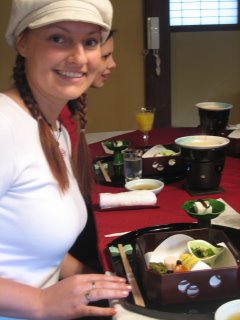












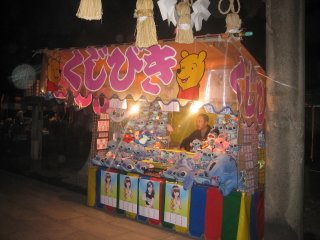



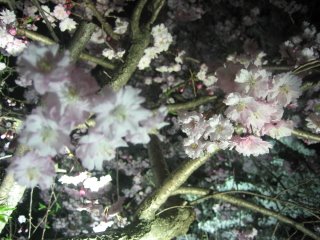





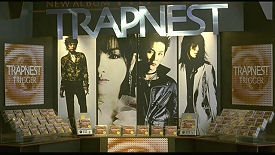





 Always good to stay in style no matter what the profession!
Always good to stay in style no matter what the profession!